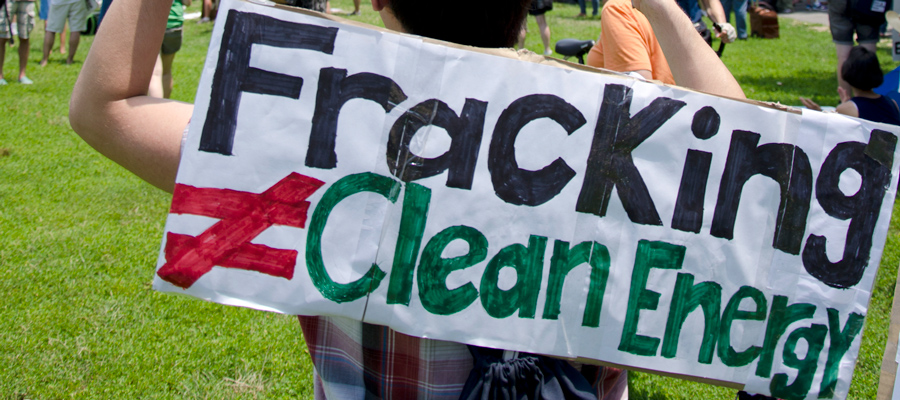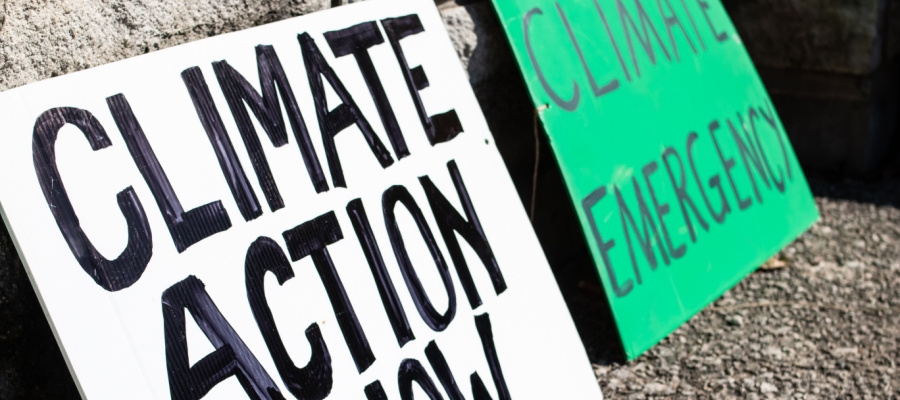LNG’s big lie

The federal government is seeking to use a clause in the Paris Agreement on climate change to get emissions credits for exports of liquefied natural gas (LNG) to Asian countries.
This plan is nonsensical for a number of reasons, but at its heart is the “big lie” that LNG will help to reduce global emissions. No one should take such claims seriously.
The grain of truth upon which this claim is made is simple: at the point of combustion, gas is about half as emissions-intensive as coal to deliver the same amount of energy.
However, getting gas to the point of combustion is an incredibly energy-intensive endeavour. Extracting unconventional gas supplies, which constitute the majority of Canadian gas production, requires drilling down a couple kilometers below the earth, and then horizontal drilling to frack gas trapped in rock using a mix of water and chemicals.
Once surfaced that gas must be piped to processing plants, requiring more energy, where impurities are stripped out. Gas must then be pipelined to the coast to be liquefied before it can be put on a tanker for export to Asia.
The liquefaction process itself is extremely energy-intensive, as the gas must be cooled to liquid form at -162ºC. Once shipped it must be re-gasified and pipelined to the final combustion point.
While gas is about half as emissions-intensive as coal at the point of combustion, getting gas to that point is an incredibly energy-intensive endeavour.
Taken together, one fifth of the gas must be consumed in the liquefaction, transport and re-gasification processes. These processes all lead to greenhouse gas (GHG) emissions, and thus substantially reduce the emissions advantage relative to coal.
Coal, in contrast, may be dirty in terms of emissions, but getting it to market is relatively easy by comparison to gas. Coal can be dug up, put on rail cars and shipped to its final destination.
The other emissions problem with gas is that leaks occur at various points along the supply chain from wellhead to final combustion. Recent studies have found that these leaks are much larger than have been reported by the industry and governments.
Even very small leaks of methane can wipe out any remaining advantage for gas relative to coal. Methane is short lived, breaking down in about 12 years into carbon dioxide and water, but while it is in the atmosphere it is 100 times more heat-trapping than carbon dioxide.
Finally, we need to think about where Canadian gas is being exported. While it’s plausible our natural gas could displace coal use in China, it could also simply contribute to higher overall energy demand, adding to emissions on top of coal. Or LNG could displace renewables in China’s evolving energy mix.
If exports go to Japan or Korea, the two biggest LNG importers, they would most likely displace cleaner energy sources and therefore increase global GHG emissions.
Even to the limited extent that China may be able to reduce its emissions by switching from coal to gas, it is not suddenly going to hand over the emissions credit to Canada. That’s not how emissions accounting works.
More than one quarter of Canada’s total carbon emissions come from the extraction and processing of oil and gas.
Instead of indulging in dangerous wishful thinking that LNG is a solution to climate change, the federal government should instead start living up to its own Paris Agreement commitments.
Canada has pledged to cut its emissions by 30 per cent below 2005 levels by 2030. As of 2017 Canada’s emissions were only two per cent below 2005 levels.
New modelling released by the federal government shows that Canada is not even close to being on a pathway to meeting its 2030 target. This is because Canada has failed to rein in emissions from its growing oil and gas production.
More than one quarter of Canada’s total carbon emissions come from the extraction and processing of oil and gas. Those oil and gas emissions as of 2017 were 23 per cent higher than 2005 levels, and they are projected to grow another 7–15 per cent higher by 2030.
Climate change is principally caused by extracting carbon from below ground and putting it into the atmosphere. That Canada is now trying to get emissions credit for digging even deeper into fossil fuel production is preposterous.


